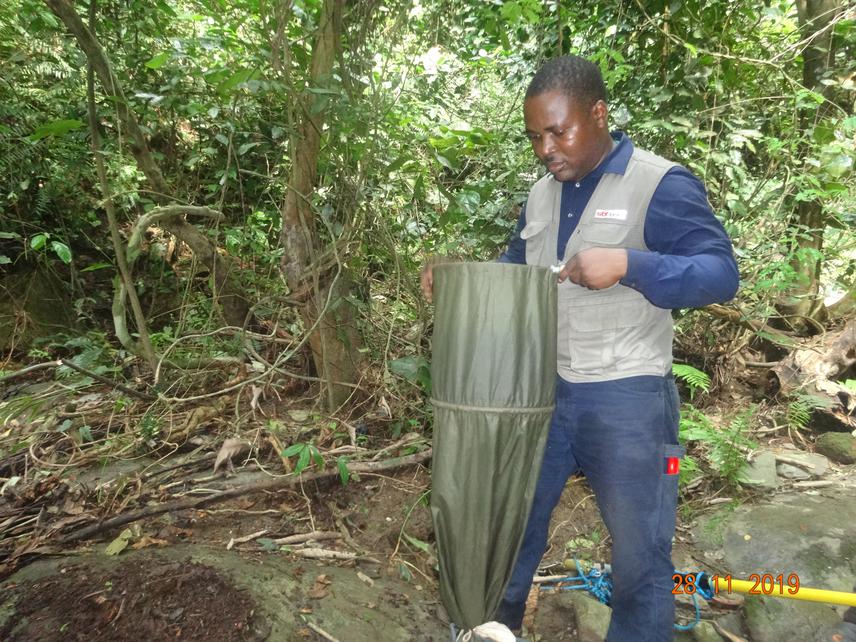Mac Elikem Nutsuakor
Other projects
2 Aug 2019
Exploring Terrestrial Molluscan Biodiversity in the Atewa Range Forest Reserve: A Biodiversity Hotspot in Ghana
Lack of survey capacity, limited scope of studies, habitat losses, and over exploitation limits our ecological understanding of the molluscan community structure in west Africa to inform conservation actions to safeguard the ever-dwindling populations. Information about the distribution of land snails in Ghana is critical in understanding the biogeography of the wider West African snail community. The majority of previous molluscan studies in West Africa is from the east of the Dahomey Gap (eg. in Cameroon, Nigeria, Gabon), which is suggested to have possibly influenced the forest refugia during the Pleistocene and thus the present-day distribution patterns of terrestrial snails of West Africa. Some species have also suffered a severe decline due to human induced alteration of habitats and/or exploitation as food, for example, Achatina achatina and Archachatina degneri. In this project, we intend to improve on the quantitative information on land snails in the Bia Biosphere Reserve, compare diversity and distribution data with that of our first study. This study will instigate interest and awareness of the species and their potential usefulness in ecological studies, and habitat quality assessments. We shall also contribute to securing the future of land snail populations through strengthening protected area management and improving habitat conditions to ensure that the species escape global anthropogenic extinction. Again, we shall provide the comparative record that is useful for conservation practitioners to be able to identify, prioritize species and potential hotspots for conservation.

Mac Elikem using the beetle sieve to collect forest floor litter in search for microscopic snails.
In my first Rufford grant (27968-1) I explored the molluscan biodiversity of Atewa Range Forest Reserve (ARFR). Findings from this work suggest that ARFR is one of the most endemic-rich areas for land snails in West Africa, with over 90 species, thus reinforcing the wider conservation importance of these Ghanaian ecological habitats for terrestrial mollusc species (Tattersfield et al., 2021). Currently, the IUCN Red list categorizes two endemic species as Endangered from the ARFR i.e., Pseudavakubia atewaensis and Pseudavakubia majus (IUCN, 2020). The IUCN specialist group therefore recommends further research on the populations, distribution patterns and habitat requirements of these and other endemic species in Ghana, to fully understand their status. Thus, detailed systematic and more robust sampling programmes across a wider geographical area, are needed to establish the status of Ghana's land snail fauna, and hence the conception of this proposed project.
Header: Mac Elikem beating under-storey vegetation in search for potential arboreal snails.